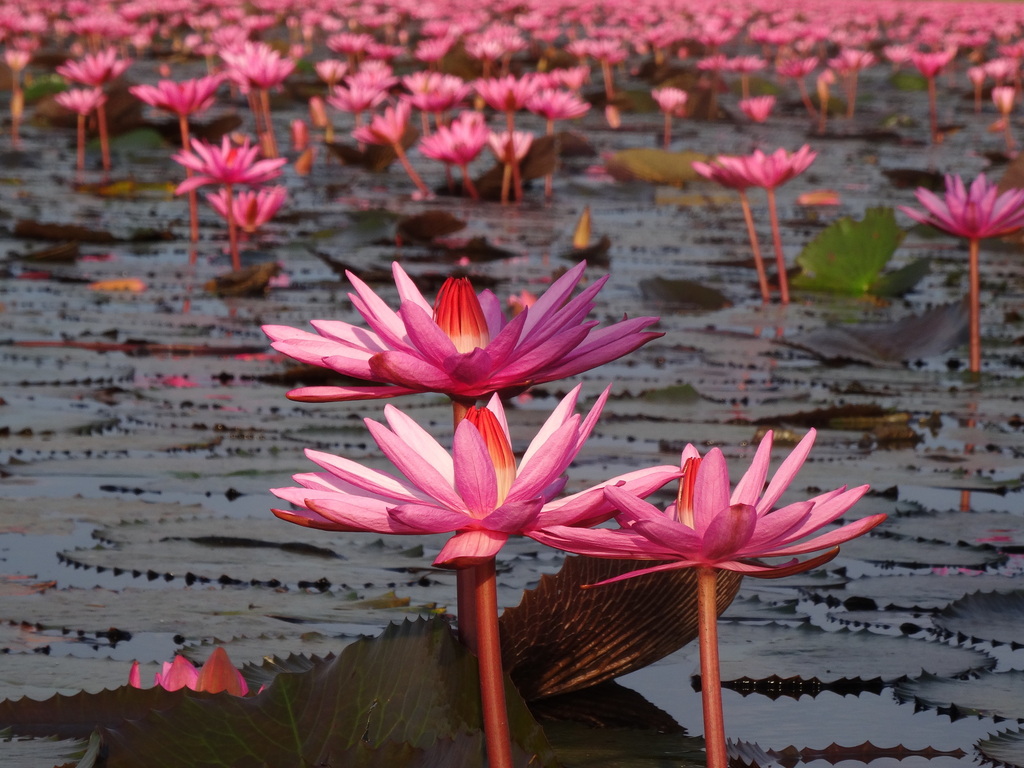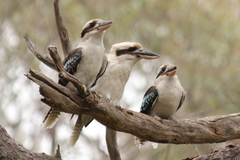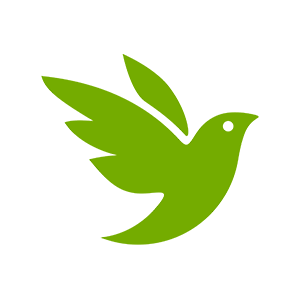Taxa Info







Recently Observed
 Laughing Kookaburra
(Dacelo novaeguineae)
on July 27, 2024
Laughing Kookaburra
(Dacelo novaeguineae)
on July 27, 2024
 Juniper Wattle
(Acacia ulicifolia)
on July 17, 2024
Juniper Wattle
(Acacia ulicifolia)
on July 17, 2024
 Australian Dusty Miller
(Spyridium parvifolium)
on July 27, 2024
Australian Dusty Miller
(Spyridium parvifolium)
on July 27, 2024
 Crimson Rosella
(Platycercus elegans)
on July 26, 2024
Crimson Rosella
(Platycercus elegans)
on July 26, 2024
 Yellow-tailed Black Cockatoo
(Zanda funerea)
on July 27, 2024
Yellow-tailed Black Cockatoo
(Zanda funerea)
on July 27, 2024
















































































